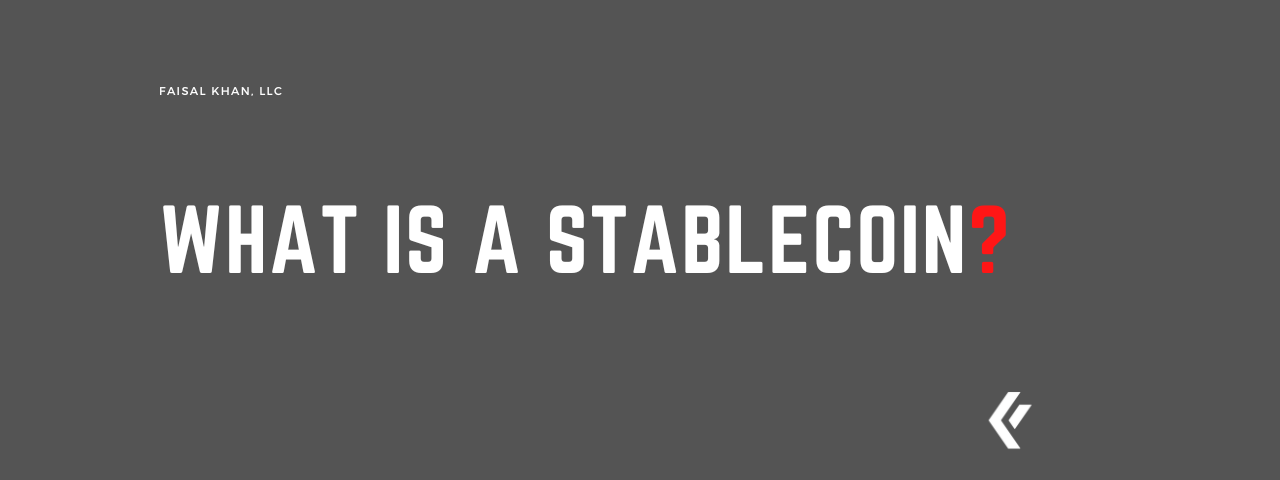Understanding Stablecoins: The Digital Evolution of Traditional Finance
In today’s digital age, most financial transactions occur online with the transfer of electronic tokens representing the actual money in your bank account. It’s rather like a digital promissory note that indicates that you possess the stated funds and are willing to part with them. The bank, acting as your custodian, authenticates and facilitates this transaction.
To give you a simpler perspective, think about these electronic tokens or transactions as certified checks that are blank but digitally available. Like a certified check, these digital tokens can be traded numerous times, and whenever they’re redeemed or cashed out at the bank, they are guaranteed to be honored. This is the premise on which most digital currencies operate.
Cryptocurrencies like Bitcoin and Ethereum also function in a similar manner. However, they are akin to a roller coaster when compared to traditional currencies. Their value, when pegged against the US Dollar or other fiat currencies, is extremely volatile. One moment they’re up, the next they can be drastically down. This volatility and lack of stability make cryptocurrencies an impractical choice for everyday financial transactions where a stable value is essential.
To bridge this gap between traditional finance and the digital world, stablecoins were introduced. As the name implies, stablecoins offer stability in value. They are designed to maintain a consistent value pegged to a specific asset, typically the US Dollar. In other words, one stablecoin is equal to one US dollar in value.
Consider the certified check analogy again. Whenever a certified check is issued and moves around in an economy, the issuing bank holds the exact amount of dollars represented by the check. Similarly, for every stablecoin in circulation, an equivalent amount of US Dollars, typically in the form of US Treasury Bills, is held in reserve by a financial institution. This backing ensures that the stablecoin maintains its pegged value, and provides the stability that other cryptocurrencies lack.
The process of minting (creating) and redeeming (cash-out) stablecoins is carefully audited. This ensures a continuous match between the number of coins in circulation and the reserves held by the issuer.
Unlike traditional fiat currencies that are tied to regular banking hours, stablecoins offer round-the-clock (24/7/365) access. This constant availability, combined with the stability of value and the security of blockchain technology, opens up new opportunities for financial transactions and commerce in the digital era.
In essence, stablecoins are a new digital avatar of the time-honored US Dollar, backed by US Treasury Bills and enjoying the same level of trust and creditworthiness of the United States Government.
Some of the leading stablecoins in the global market include Tether (USDT), USD Coin (USDC), Binance USD (BUSD), and Dai. Each of these has its unique features and uses, but all strive to provide stability in the cryptocurrency world.
It’s worth noting that stablecoins differ from Central Bank Digital Currencies (CBDCs) in a few key ways. While both are digital forms of currency, stablecoins are typically issued by private entities and backed by a reserve of assets. CBDCs, on the other hand, are digital forms of fiat money, and are issued and regulated by a country’s central bank. This distinction in issuers leads to differences in terms of control, regulation, and implementation.
You may refer to these articles for a more detailed understanding:
- What Are Stablecoins? – Investopedia
- Comparing Stablecoins – Coinbase
- Difference Between CBDCs and Stablecoins – Bank for International Settlements
Exploring Use Cases for Stablecoins
Given their stability, accessibility, and security, stablecoins can be leveraged in various scenarios that go beyond the typical use-cases of cryptocurrencies. Here are a few examples:
Cross-Border Payments: Stablecoins can facilitate fast, secure, and low-cost international transactions, bypassing traditional banking systems and their often hefty fees. This is particularly beneficial for remittances, where migrant workers send money back to their families in their home countries.
Financial Inclusion: In parts of the world where access to traditional banking services is limited or non-existent, stablecoins can provide a means of digital financial interaction. Anyone with a smartphone could potentially store, send, and receive funds, helping to bridge the financial divide.
Smart Contracts and Decentralized Finance (DeFi): Stablecoins are a key component in DeFi systems where they help execute smart contracts in a price-stable context. This mitigates the risk of price volatility seen with other cryptocurrencies and enables more practical financial applications like lending and borrowing.
E-commerce: Stablecoins can be used as a form of payment for goods and services online, with the added benefit of avoiding credit card fees and chargebacks.
Hedging against Cryptocurrency Volatility: Investors and traders can use stablecoins as a safe haven to protect their assets during periods of high volatility in the crypto markets.
Overall, the marriage of the stability of traditional currencies and the flexibility and accessibility of digital currencies in stablecoins offers exciting new avenues in the realm of digital finance. However, it’s important to remember that like all financial instruments, stablecoins also carry their own set of risks and challenges, particularly in areas such as regulation and security. Therefore, it’s vital to carry out thorough research and exercise caution when dealing with these digital assets.
—
This page was last updated on February 25, 2024.
–

